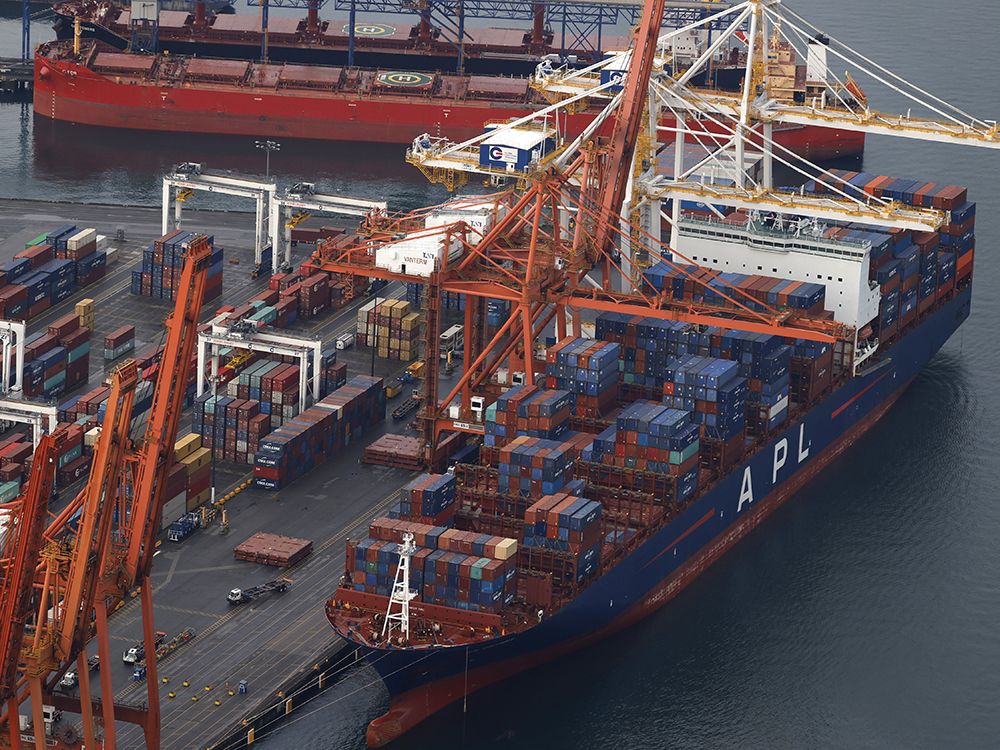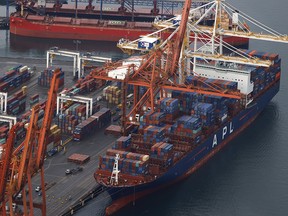Lessons from the Port of Vancouver’s annus horribilis — and why every Canadian should care

Episode 154 of Down to Business podcast

Article content
If there was an economic theme to the past few years, it could be summarized as supply chain disruption.
Article content
Ships carrying consumer goods and merchandise from Asia lined up outside West Coast ports in North America like Vancouver and Los Angeles, further stoking inflation that has risen to the highest point in decades.
But here’s something new to chew on: In 2021, the Port of Vancouver moved a record 146 million tonnes of cargo, and a record number of shipping containers, 3.7 million TEUs, passed through the port.
At the same time, a new report by the World Bank and S&P Global Market Intelligence ranked the Port of Vancouver next to last in terms of its performance and operational efficiency in 2021 — 368th out of 370 ports around the world.
There’s a seeming contradiction there: how could Port of Vancouver move record cargo, and also rank so poorly?
Article content
This week’s episode of Down to Business delves into the business of ports, with guests including Avery Shenfeld, chief economist for CIBC Capital Markets in Toronto; Martin Humphreys, lead transport economist for the World Bank in Washington, D.C.; Nathan Strang, director of ocean trade lane management for the consultancy Flexport in Long Beach, California; and Peter Xotta, vice-president of operations and supply chain at the Vancouver Fraser Port Authority.
Listen on Apple Podcasts, Spotify, Stitcher and YouTube where you can also subscribe to get new episodes every Wednesday morning.
If you have any questions about the show, or if there are topics you want us to tackle, email us: downtobusiness@postmedia.com.
• Email: gfriedman@postmedia.com | Twitter: GabeFriedz
-

Port of Vancouver ranks among the worst in the world, according to World Bank report
-

What the demise of the penny taught us about our relationship to cash
-

Long waits on the plane await travellers as airports work out the kinks
-

Electric vehicles seen as ‘springboard’ for revival of Canada’s auto industry








